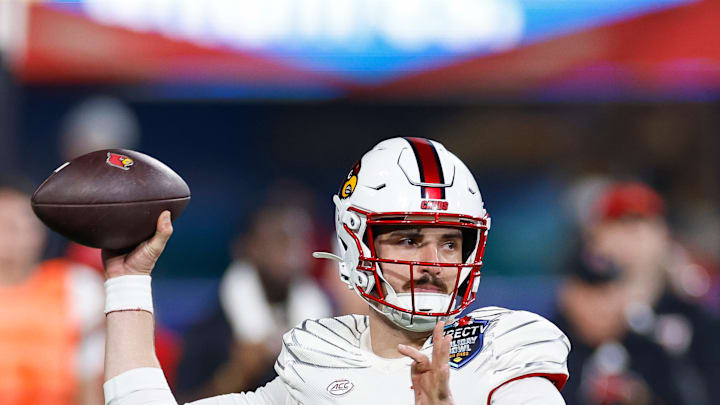Most fans of college sports are in agreement, the last two phases of conference realignment have made both college football and basketball less enjoyable, and have made the smaller sports far more logistically challenging for those involved.
Naturally, there will be another round during the back half of the 2020s. Florida State and Clemson are suing to get out of the ACC without financial penalty, and rumors of UConn and Gonzaga to the Big 12 were running rampant in the summer.
Maybe this next phase actually sparks the reset that is needed. If the Big Ten and SEC (and maybe the Big 12) continue to grow exponentially, eventually they will have no choice but to split into divisions that begin to resemble the conferences of earlier in the 2000s. Only this time, instead of bickering league's battling for tv money, all of the major football schools will be under the same two umbrellas.
In this scenario, the two mega conferences begin to push the rules in a way to encourages most of the smaller FBS schools to drop down to FCS. And with FBS football only hanging over the heads of around 80 schools, everyone else will be free to blow up their existing conferences and reimagine them around the other big money sport (men's basketball) and the forgotten concept of geographical convenience. All conferences will be between eight and twelve schools.
So let's begin the simulation in 2030, when Florida State and Clemson finally get their wish and join the SEC, along with Miami (Fl) and in an attempt to also weaken the Big 12, Oklahoma St. The Big Ten, knowing it can never be the best in football, turn their eyes to basketball dominance, adding Virginia, UNC, Duke and Kansas.
The two continue to go back and forth, the SEC shores up the southwest with Baylor, Houston, TCU and Texas Tech. The Big Ten continues their westward expansion with Colorado, Utah, Stanford and Cal. The SEC picks up members' natural rivals in Louisville and Georgia Tech. The Big Ten does the same with Virginia Tech, Wake Forest and NC State. SEC grabs Arizona and Arizona State. Notre Dame stubbornly insists that their independence and NBC deal are enough for them. After then, each conference splits into three subdivisions but keep an eye out for late additions that still fit, rather than telling the passed over schools to be cool or be cast outs.
